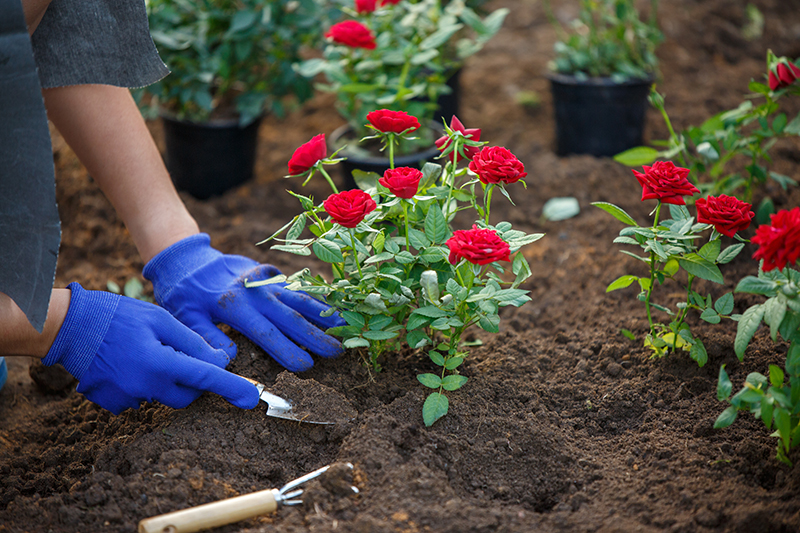
Harris County Master Gardener Shares Top Gardening Tips for February
This information has been generously provided to Harris County residents free of charge by the Harris County Master Gardeners, an expert group of trained volunteers assisting Texas A&M AgriLife Extension Service in educating the community using research-based horticultural information.
Did you know that the Harris County Master Gardeners offer free training, events and other resources all year round? To learn more, visit hcmga.tamu.edu.
by Karen Shook, Master Gardener
I am not sure whether I am coming or going in my February garden with clean up tasks, planning tasks, and planting all in progress.
The weather is warming and, in our area, plenty of mid 60’s deg F days make us feel like spring has arrived. However, with a last frost date in Zone 9 of February 26 and with the freeze of February 2021 still fresh in our minds, make sure you have plant cold protection supplies ready to go.
Typical February rainfall is about 3.5 inches and my trusty Old Farmer’s Almanac® suggests we will have a bit more than normal, so we probably won't need to water. Watch for indica- tions too dry or too wet. If too wet, may want to pull back the mulch and let some water evaporate.
Perennials and Ornamental Grasses
- Trim foliage to a few inches above soil especially if showing freeze damage.
- Plant spring and summer blooming perennials. Divide fall and summer blooming perennials, ornamental grasses.
- Fertilize actively growing perennials.
Annuals
- Set out transplants of cool season annuals like alyssum, coneflowers, pansies.
- Start seeds of warm season annuals indoors.
Bulbs
- Plant gladiolus (and other summer flowering bulbs). Plant gladiolus bulbs every 2 weeks from January through May for successive blooms.
- Provide a light application of fertilizer for spring blooming bulbs showing active growth.
Roses
- January through early February are good times for planting and transplanting roses.
- Finish spring pruning early to middle of February (according to my mother-in-law Valentine's day is pruning day, but I admit I lean more toward end of January). Note, single climbing roses should only be pruned after they have bloomed
Shrubs
- Finish planting shrubs. Azaleas can be moved.
- Prune shrubs as needed while still dormant.
Natives
- Fertilize when new growth begins to appear.
Lawns
- Keep lawn raked so grass can see the sun.
- Use leaves as compost or mulch.
- Pre-emergent herbicides may help keep the spring weeds down.
Ground Cover
- Consider planting ground cover in areas that are difficult to mow or where grass has not done well in the past. Remove vegetation, till the soil, add organic matter to prepare.
- Shear back to 6 to 10 in. above soil before new growth begins.
Vines
- Most woody vines bloom in the spring; don’t prune until after bloom.
Edibles (vegetables, herbs, berries, fruits)
- Set out transplants of cool season vegetables (broccoli, cauliflower, cabbage, etc).
- Plant seeds for root crops like carrot, radish, beets, turnips and for lettuce.
- Plant potatos and strawberries.
Trees
- Finish fertilizing most trees by late February.
- Prune fruit trees as needed (pruning needs are specific to type of fruit tree). Check with County Extension Office for pruning guides. Find additional information here.
- Prune summer blooming trees like crape myrtles, chaste trees.
Want to go deeper? Visit the Harris County Master Gardeners' Urban Dirt Index for a plethora of information about gardening in our region at hcmga.tamu.edu/urban-dirt-index.
Source: Harris County Master Gardeners


